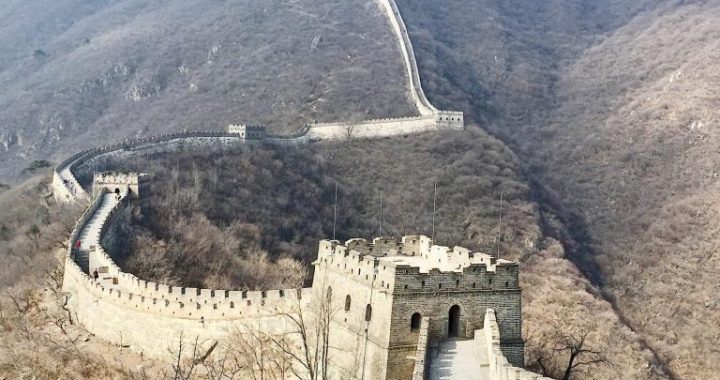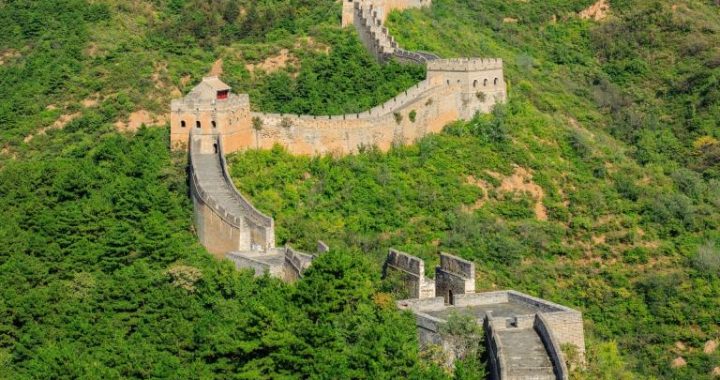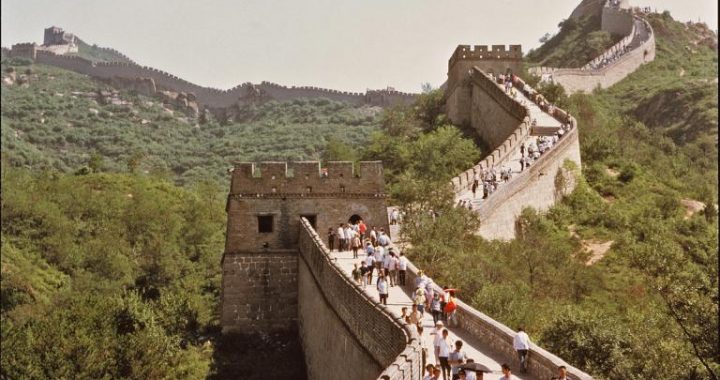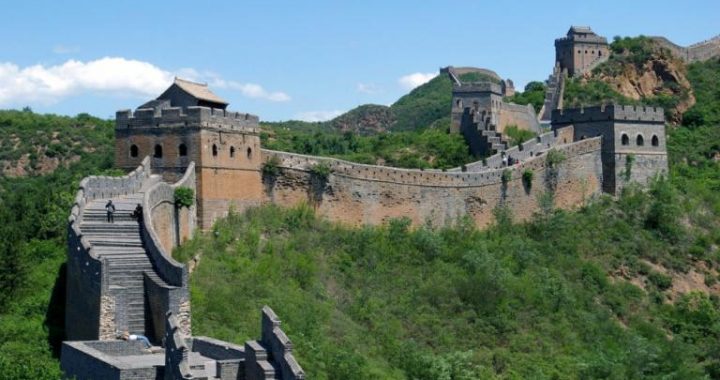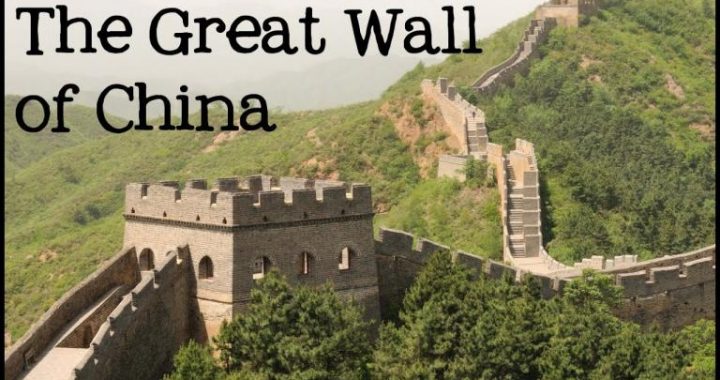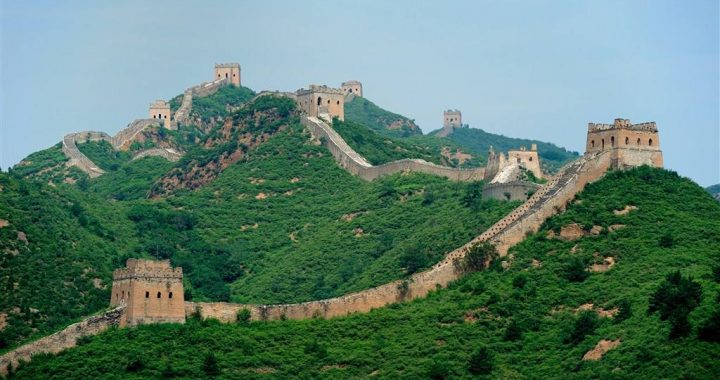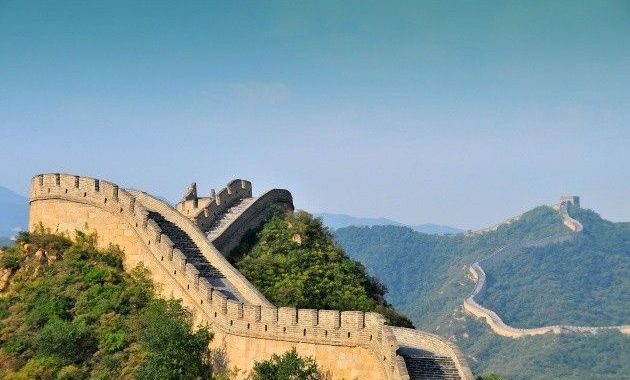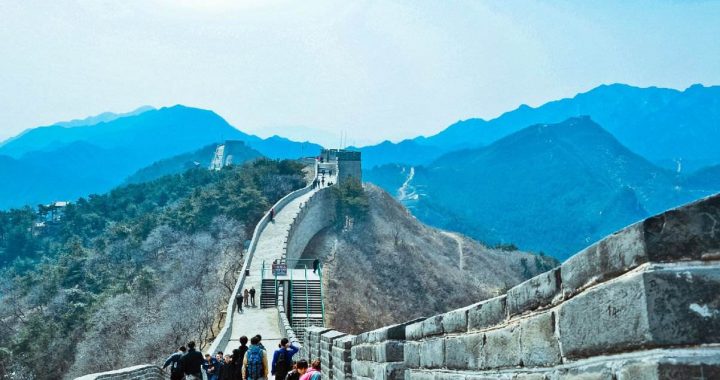The Wall of the State of Chu the Square Wall
4 min readIn 1998, the then American president Clinton visited China for the first time. When he visited Mutianyu, seeing the grand Great Wall, he asked a question:”Is this the earliest Great Wall in China?”Dong Yaohui, the accompanying Secretary-general of China Great Wall Society and the renowned specialist in research of the Great Wall, answered immediately:”No. It was built in the Ming Dynasty(1368-1644). Mutianyu has only 600 years of history till 2004. The earliest Great Wall in China is the wall of the State of Chu, which was built more than 2,600 years ago.”
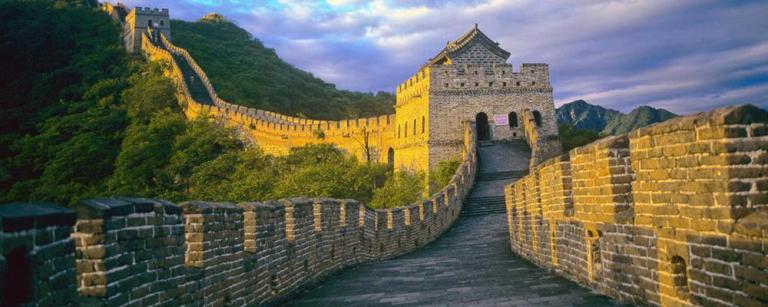
The territory of the State of Chu included the whole Hubei Province today and the north of Hunan province. At its prime time, the territory of the State of Chu reached the south of Henan province and the south of Shandong province in the north, neighboring with the States of Han, Wei, Song and Qi; in the west it reached the east border of The ruins of the wall built by the State of Chu the present-day Sichuan province, next to the States of Ba and Qin; and in the south it reached Cangwu(the present-day Jiuning Mountain in the south of Hunan province), Wuling and Baiyue etc, while in the east it reached the sea. It was said that the State of Chu had an area of 5,000 li, lying in the south of China, which should be the state with the largest territory.
The wall of the State of Chu was also called Square Wall. According to the Han Works: Geography,”there is a great wall which is named as Square Wall in Ye,a feud ofYegong in the state of Chu.”And till the Han dynasty(206 BC-220 AD), the Square Wall was already called”Long Wall”(the Great Wall). In Huannanzi written in the Han dynasty (206BC-220 AD) we can also find the words of”to construct meandering square walls”, which gives us a picture of the rolling square walls. According to The Commentary on the “Waterways Classic”written by Li Daoyuan in the Southern and Northern Dynasties(420-589), square walls had been connected on the rolling mountains, extending as long as several hundred li, and they are called the Square Wall or the Long Wall. Therefore we could judge that the Square Wall was a long wall that were connected and stretched for hundreds of li, thus it is justifiable to regard it as the earliest Great Wall.
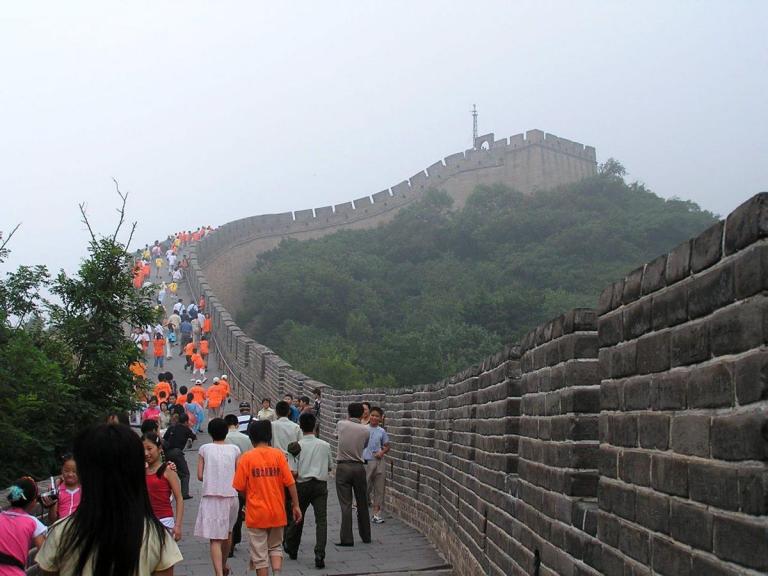
Why would the State of Chu, which had great power and strong military strength, build the Great Wall at thegreat cost of labors and materials? We should start from the history and geographical position of the State of Chu.
The Country of Chu was set up by Sanmiao people along the middle and lower reaches of the Yangtze River, and it took part in the punitive expedition of King Wu towards King Zhou in the early Zhou dynasty(1046 BC-256 BC).
The State of Chu was formed when Emperor Cheng of the Zhou dynasty granted the Chu country to Xiong Yi, who lived in Danyang of Chu later, and the State of Chu gradu-ally developed from a small dependency into a great power in the Spring and Autumn and Warring States Periods(722BC-221BC). In 704 BC, the duke of Chu, Xiong Tong called himself King Wu and the State of Chu had an area of a thousand li. However, because the State of Chu was in the south of China and consisted of many different ethnical groups, it was still looked down upon as “the state of barbarians”even though it was a great power. Therefore the State of Chu often fought wars with the other ducal states in the central plains area. In order to defend against the at-
tack of the ducal states of the central plains, the State of Chu built a defense system composed of a series of connected fortresses arrayed on its borders in the east, northand west. Making full use of the strategic positions of the mountains and rivers and using the local materials, the State of Chu constructed the earliest Great Wall in China.
The total length of the wall of the State of Chu was 300 kilometers, and the walls were mainly built with earth, andif there was no earth, they used stones instead. It is alsosaid that some places”in the south and north had no walls built, but were connected by the perilous mountains”.
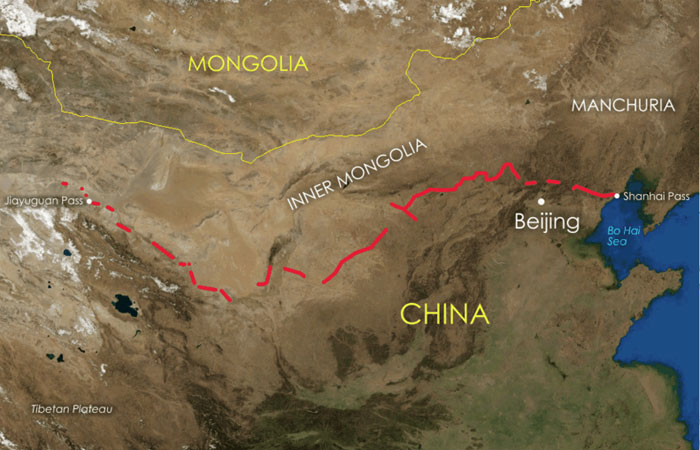
Quite regrettably, this section of solid Great Wall which laid imposingly in the south of China and had fended off the attack of the strong Qin troops, also couldn’t escape from the destiny of dilapidation. Today, most part ofthe wall of the State of Chu was no longer in existence, only left with two relic sites demonstrating the resplendence it had in the past. One is the Daguankou Great Wallsite, located at the Huangjiamen Village in Dushu Town in the northeast of Fangcheng County, the two sides of Daguankou at the west foot of Fangcheng Mountain. The other is Xiangheguan Great Wall site, which is located at the north of Xianghe village in the north of Miyang County seat, reaching Wufeng Mountain in the east and Guanshan Mountain in the west, with a length of 6 kilometers left. Time brings great changes to the world, however, when you climb onto the Great Wall sites of the State of Chu, it seems that you could still feel the prosperity of the great power which laid imposingly in the south China at that time.
